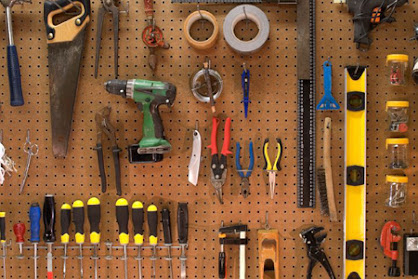
The power tool you choose will depend upon what type of job you need to perform. Some general types are reciprocating, sawing, drilling, sanding, polishing and stroking, scraping, cutting, etc. These are just a few examples of the power tools used. However, each of these are specialized to perform their particular jobs. This is because each type uses a different type of power supply.
It is very important that you choose a power tool that is best suited to your needs and budget. If you are not sure what you need, it is advisable to consult a professional. A good contractor can guide you in selecting the perfect power tool. He/she can determine what type of power supply you need for your power tool and recommend the most suitable one for your budget.
A power supply is an electrical device that supplies power to the devices in question. The different types of power supply include DC, AC, alternating current (AC) and direct current (DC).
There are different advantages and disadvantages to using a power supply to power a tool. The main advantage is its safety. Power supplies can help reduce injury risk because they provide a constant, safe supply of electricity. A power supply will also ensure that you are not constantly replacing batteries.
An important thing to keep in mind when choosing a power tool for your use is to ensure that the motor, gears and shaft of the tool run smoothly and securely. Most power supplies will come with a guarantee that the tool will work safely and maintain its quality. If the warranty does not cover the price of repairing or replacing the tool, you should be able to find a good discount source for a new or used power tool.
Another thing to consider is to ensure that your tool has a safety switch that stops the tool from being operated if there is an emergency. Most power supplies have a circuit breaker. This is important in order to protect your tools from being damaged if they are exposed to extreme heat or electrical shock. The breaker must be located near the motor or the power source so that they do not affect the tool in any way.
Some people prefer to buy a power supply for their power tools and have the breaker located where the tool is located. This is good practice because it gives the tool and the homeowner a sense of control when there is a power failure in a poorly insulated area.
Sometimes power tools may have safety controls that are installed in the tool but are hidden. You should be able to access them with a wrench, but the circuit breaker on the supply must be accessible. You should also make sure that the safety switches are easily accessible.
Make sure that you check all the safety switches and plug points for wear and tear. You will want to replace the safety switch before the tool begins to show signs of damage or malfunction. The battery should be replaced if the tool begins to produce low power or smoke.
The voltage level of the power supply that you are using should always be checked to ensure that it is balanced. The power supply must be checked regularly. The amount of current produced by the power supply should be balanced as well.
A power supply can also reduce the chance of a tool being dangerous if it is not maintained properly. An improperly powered tool can damage sensitive equipment and create fire hazards. In order to avoid damage, check the voltage at regular intervals to ensure that the supply is functioning correctly. It is also important to periodically inspect the components to ensure that no damage has occurred.
Comments
Post a Comment